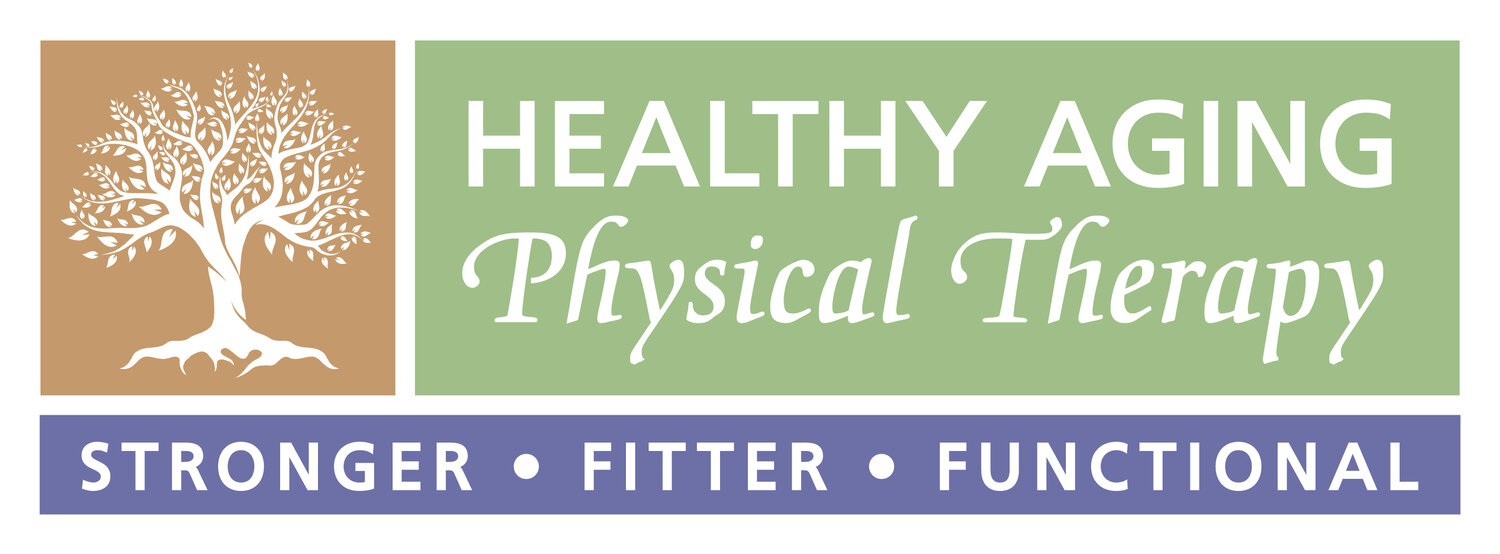Frequently Asked Questions
What do I need for At-Home Physical Therapy?
You. Me. And a place to meet. We bring everything you need for therapy (like bands, weights, seated bike, mats and other strength and balance tools.) If you have home gym equipment or weights, we can use those too. We can make things more challenging with simple like stairs, a couch, or jug of water. Wearing a pair sneakers and comfortable clothing is best for your therapy!
Do I need to see my Doctor first?
Actually, no. Massachusetts is a Direct-Access state for Physical Therapists, we can see you without a Doctor’s order. After your evaluation, we send our plan of care for your doctor to review and sign, and we will update them routinely with your progress.
Why should I have Physical Therapy at Home?
While some people need PT at home because it is hard to get to a clinic, there are other great reasons to have PT at home. Meeting you in your home allows us to better see where, and why, you are struggling. We can problem solve why getting out of bed is so hard, why all your falls seem to happen in your bathroom or actually practice getting back in the garden. By seeing how you function, in your home setting, we can make these things easier - and safer.
Do you take my Insurance?
We accept Medicare, most Medicare Advantage Plans (Tufts Medicare Prefered, AARP, United Health Care, BCBS, Unicare) and Blue Cross Blue Shield. If you are not covered by one of these plans, ask us to see if your plan has Out of Network benefits. We also accept private pay if you are not covered by these plans or have used up your benefit.
What will happen during my Physical Therapy sessions?
It starts first by getting to know you. Our first meeting is a Comprehensive Evaluation. We review your medical history, medication list, current health conditions and any active injuries or illnesses. We will discuss your goals and and perform a thorough assessment of your functional mobility, physical strength, balance and endurance to determine where to focus our treatment plan.
If you have any active injuries or pain, we will likely focus on that first so you can participate in ongoing sessions without limitation - or with modification as needed. Care may be hands-on (massage, joint mobilization, passive range of motion and more) and/or focused on mobility and corrective exercise.
Follow-up sessions always start with with a check-in to see how you responded to the previous session, discuss any new changes or problems, and an assessment of your heart rate, oxygen and blood pressure. We will then work together on functional mobility, strengthening and endurance, balance, flexibility and on task-specific training to help you reach your goals. Sometimes we’ll go outside to practice getting around your yard and local community.
Patient education is an ongoing part of all Healthy Aging Physical Therapy sessions. The more you understand about your body and the way it works, the better you will be able to care for it even after therapy ends. We provide education on your health conditions and their management, on movement strategies and body mechanics, on the best adaptive equipment to use and on all the ways you can stay healthy and well as you age. Each Heathy Aging Physical Therapy patient receives a Patient Exercise and Education Binder with a Weekly Exercise Program you can continue to follow after we are done, and Education section with information about on your individual conditions and diagnoses, on Fall Prevention and Preparedness, on pain management and other areas of concern.
Sessions typically run about an hour, and we most often see patients for 6 to 12 weeks at a time. Some patients stay on with us ongoing with visits once a month (Skilled Maintenance) if we determine this would be beneficial.
Bob, working on getting on and off the floor, during one of his therapy sessions.





